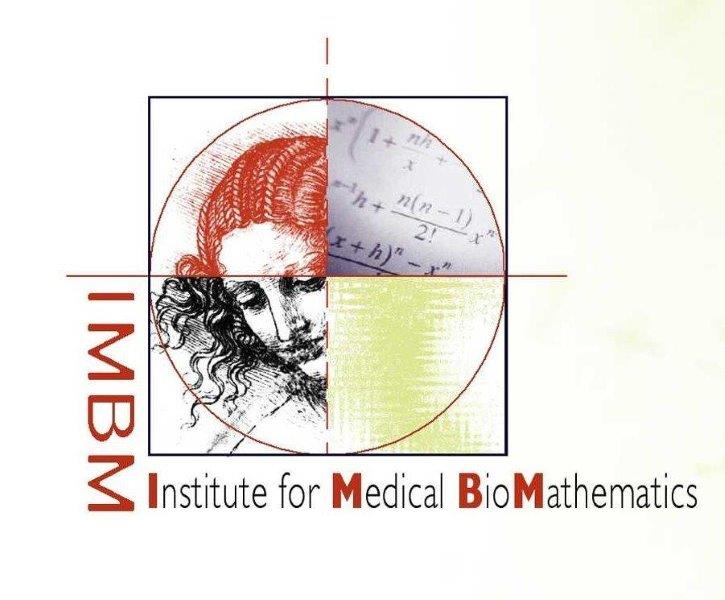
Chemotherapy-induced Thrombocytopenia treatment with IL-11
Background
The aim of this work is to find optimal treatment strategy of patients with IL-11 in order to compensate partially platelets level drop during chemotherapy, avoiding fluid retention. Cytokines and growth factors are increasingly being discovered and evaluated for therapeutic purposes and beneficial responses have been observed in a wide array of cancerous, inflammatory and autoimmune diseases. However, many of these specifically targeted treatments lead to detrimental adverse effects, greatly limiting their clinical use. Interleukin-11 (IL-11), a member of the gp130 family of cytokines, is a bone-marrow derived pleiotropic growth factor. Among its varied effects, IL-11 stimulates differentiation and maturation of thrombopoietic progenitors, inducing platelet production. The genetically-engineered analog, recombinant-human-IL-11 (rhIL-11), was shown to elicit dose-dependent platelet increases in thrombocytopenic patients and was clinically approved for alleviation of myelosuppressive conditions. Furthermore, IL-11 application has regenerative effects on the gastrointestinal epithelium, decreasing the inflammatory mediators tumor necrosis factor-a, interleukin-1b and interferon- . However, IL-11 exerts multiple and varied fluid accumulation-associated adverse effects, mainly associated with BVE: reversible low-grade edema and anemia on the one hand, and life-threatening arrhythmias on the other Accordingly, IL-11 therapy, being limited to patients with either severe thrombocytopenia, or with a very positive medical history, is currently unable to replace standard platelet transfusion as a supportive treatment for alleviating chemotherapy-induced toxicity.
Methods and Results
The work starts with the building of verbal model of platelets dynamics subjected to chemotherapy and IL-11 and building of verbal model of CRP dynamics under IL-11 treatment. We assume that platelets development from stem cells has 4 consequent stages. The first 3 stages have proliferating ability and the last stage not, being the mature stage. This discretization has been done for the simplicity. We chose the number of stages as the minimal one that retrieves good calibration results through the parameters estimation. As assumed in related models, developed in IMBM, we assume that mature cells inhibit proliferation of the platelets from the proceeding stages. We assume that chemotherapy drugs inhibit proliferation as well as kill proliferating cells, while IL-11 stimulates their proliferation, while inhibiting specialization (transition from earlier to older stages After that the respective mathematical models have been constructed. Stability analysis and calibration of the mathematical models have been done. We used data of different experiments for the model calibration as follows:
- PK model was calibrated first.
- The data on platelets dynamics during carboplatin chemotherapy.
- The data on platelets dynamics during topotecan chemotherapy.
- The data on platelets dynamics in healthy people after treatment with different doses of IL-11.
- The data on CRP dynamics in healthy people after treatment with different doses of IL-11.
The model is nonlinear; it has nearly 100 parameters and is calibrated on the data, having nearly 1.5 times more points than the number of parameters. In spite of this alternative solutions with similar fit have been obtained (ill-posed problem from the mathematical point of view). Thus we used multiple calibrations that mean we used alternative calibration results for models predictions, because the parameter identification. Additional selection of the admissible calibrated models was their convergence to steady state during 3-4 months after the end of chemotherapy and IL-11 application.
The use of alternative models allowed do determine the model’s predictability: only treatments, where they behave similar are considered to be predictable. The next step was searching for realistic optimal treatment strategy. Using this goal function we reviewed only realistic treatments: periodic with periods 12, 24, 48, 72 hours, and constant with IL-11 dose being multiplicands of 5 microgram. Through the goal function minimization optimal treatment strategy search of IL-11 treatment regimen has been done. The IL-11 is applied to patients under carboplatin chemotherapy, which is fixed and is the same to that, used in the model calibration. We checked period of 60 days, in which chemotherapy of carboplatin has been appleidapplied at the day 30. Because of multiple calibrations, we worked with the goal functions values distributions rather than with single values. In order to check significance of the results, statistical analysis has been applied to different pairs of goal function values distributions.
We found, that IL-11 should be given 5-15 days before chemotherapy and continued until the day 60. The treatment should either one time per day or one time per two days in the. The optimal mean intensity is 55-90 microgram/day. Because Medical doctors avoid giving more than 100 microgram per time we recommend giving IL-11 one time per day.
Conclusions
The project is distinguished in building complex PD models, treating ill-posed parameter estimation problem, determination of model predictability domain and giving realistic practical predictions.
For further reading
- Elishmereni, M., Kheifetz, Y., & Agur, Z. A Semi-mechanistic Model Recreates Pharmacodynamic Effects of Interleukin-11- therapy for Cancer Patients. In preparation.
- Kheifetz, Y., Elishmereni, M., Horowitz, S., & Agur, Z. Fluid retention side-effects of the chemotherapy-supportive treatment interleukin11: Mathematical modelling as affected by data availability. GTHM Computational and Mathematical Methods in Medicine 2006 7(2-3), 71-84.

